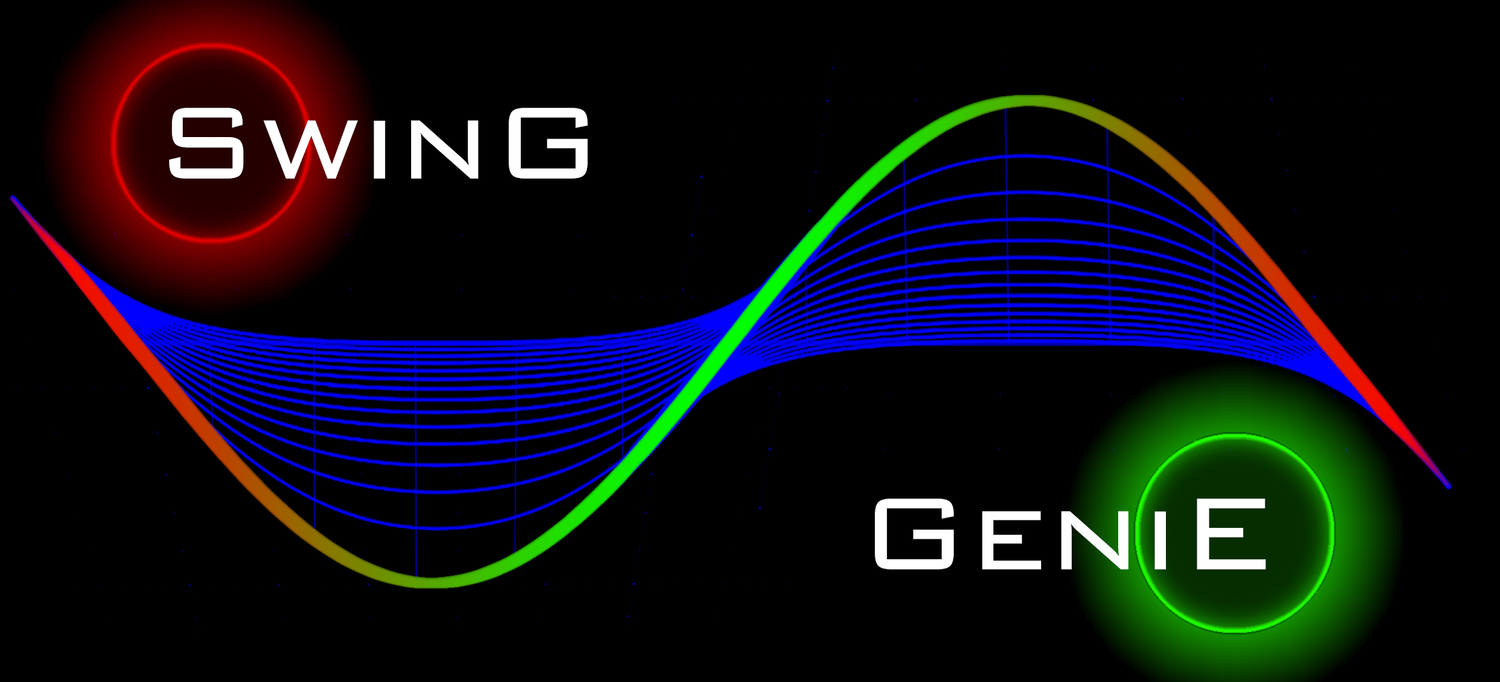RESISTANCE: A price level where a security’s price stops rising and moves sideways or downward. This indicates a change in the sentiment of the traders of this equity from positive to negative. This corresponds with decreasing demand and a increase in supply which results in falling prices.
SUPPORT: A price level at which declining prices stop falling and move sideways or upward. This indicates a change in the sentiment of the traders of this equity from negative to positive. This corresponds with an increase in demand and a reduction in supply which results in rising prices.
Support and Resistance are the most utilized concepts in technical analysis. It’s success as an indicator becomes a self-fulfilling prophecy for many elementary reasons. Read again the definitions of Support and Resistance. They may appear to be simple and obvious, but when you understand that all technical analysis is attempting to determine what the specific elements contributing to support and resistance are, then you will understand how fundamental the concepts really are. You are looking at Positive or Negative Sentiment which is often described in equity markets as Fear and Greed. Supply and Demand are the drivers of all markets prices. When you have a visual understanding of these three primary components of all markets (Sentiment, Supply and Demand), you have a distinct advantage over all other traders who do not. The second most relevant reason this works is because the vast majority of the markets traders believe it works. This becomes exponentially more compelling when you understand the universal acceptance of using Support and Resistance as a potential, turning-point indicator by every major trading institution. All major brokerage houses have a department dedicated to technical analysis and all technical analysis has as it basis, the concept of support and resistance. Most other indicators are in and of themselves detecting and indicating where support and resistance are occurring. This includes Moving Averages, Pivot Points and Bollinger Bands to identify only three, from a multitude of others.
Large investment conglomerates like Berkshire Hathaway utilize technical analysis - support and resistance, as the basis of where to enter or exit positions. All hedge funds and all algorithmic trading and flash trading organizations fortunes are inherently and technically linked to the validity of these concepts. Finally, the ubiquity of personal computers, powerful mobil devices and easy access to online charting / trading services, have empowered the vast majority of self directed, individual investors. The vast majority of these traders are utilizing technical analysis to increase the likelihood of being on the right side of a trade and to time entry and exit positions. Many as this site advocates, are utilizing technical analysis to mitigate exposure and risk to todays volatile markets.
When you as an intelligent trader, see a stock approaching resistance, you know that thousand of other traders are seeing the same thing. The vast majority of all of these traders believe that this demarcation zone also indicates a decision zone where at some point in the near future a decision point in the trading cycle will occur. Successful traders closely observe these zones for the emergence of two possibilities. Price action could continue up through this level of resistance (establishing a new resistance level) or it starts a reversion to mean producing a turning point. The important message here is we are all anticipating the same two things and many if not most of us are reacting to what actually occurs as rapidly as possible. What’s critically important here and what SDG emphasizes through multiple signals is, it’s time to be incredibly focused on your stock and ready to react to what you stock actually does because of the actions of what the other traders making this market actually do.
There are many simple and sophisticated Support and Resistance indicators available to today’s online trader. But if you are trying to avoid some of the markets whipsaws, by limiting you market exposure through short term trades or swing trading, then the very simplest measure of support and resistance is the one you want to utilize because it is the most accurate and responsive. You just look to your left! It’s really that simple. No proprietary indicators or complicated calculations are required. The price that was the lowest on you chart within a defined timeframe, provides you with the most responsive support level. This is also true of resistance with the highest price over x number of trading bars establishing the same benchmark. This is exactly how SDG determines support and resistance with you controlling the look back period through the format panel.
Reviewing the charts prior history or again looking left also provides the astute trader with additional important visual points of information. When you are trying to decide what the stock will most likely do at this decision point, by reviewing the actions of this stock at the same decision points in it’s previous history, you will be provided with a good reference of what the stock is most likely to do now. The more times it has repeated the same response to the situation you are currently seeing the more likely it is to repeat that same action this time. This repeated occurance of bouncing off of a support or resistance level has been referred to a significan support or resistance. The old adage applies very well here. If you want to know the future study the past. It works very very well right up to the point in time when it doesn't. The contradiction producing this last statement is a fundamental concept that all traders must grapple with. The markets are a chaotic system. The following quote is a link that provides additional insight into this quagmire.
Supply and Demand coupled with Fear and Greed (see page on emotions) drive Support and Resistance. SDG provides multiple indicators for you to view these specific elements that drive the traders decisions allowing you a much greater likelihood of correctly anticipating the actual stock price direction.
Candle Body Width is a strong indicator of the potential of a change in direction, or not. If you have large candle bodies touching the resistance or support lines you often see continuation. If you had large candle bodies and now you are seeing small candle bodies as you near support or resistance then a turning point becomes more likely.
The Turning Point Volume indicator can also provide you with valuable insight. If the most recent positive or green candles have higher volume (supply) than the negative or red candles, then the prevailing sentiment is for the stock to continue higher. Obviously the opposite is indicative of negative sentiment.
Todays Closing Score and the average Closing Score over the last few previous days will provide you with a strong indication of the prevailing sentiment (demand) of the desire of the traders making this market to be in our out of this equity.
Remember if supply is less than demand, prices will go up. If supply is greater than demand, prices will go down. Volume, Closing Score and Price are the final determinations of what will occur. What will actually occur is up to the markets. SDG primary expertise is to alert the trader when it’s time to watch closely allowing them to react quickly with the insightful feedback provided by our indicates.
Simple support or Resistance occurs when a price touches a support line or support level for a few days. Significant support or resistance often occurs when price is touching a level that it has previously returned to over and over. Simple support and resistance often occurs at round numbers. This can happen at 10’s or 15’s. Stock under $10 dollars often see this take place at $5 intervals.






